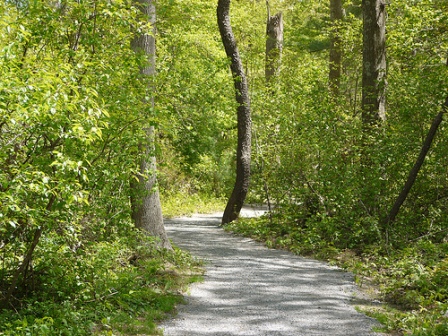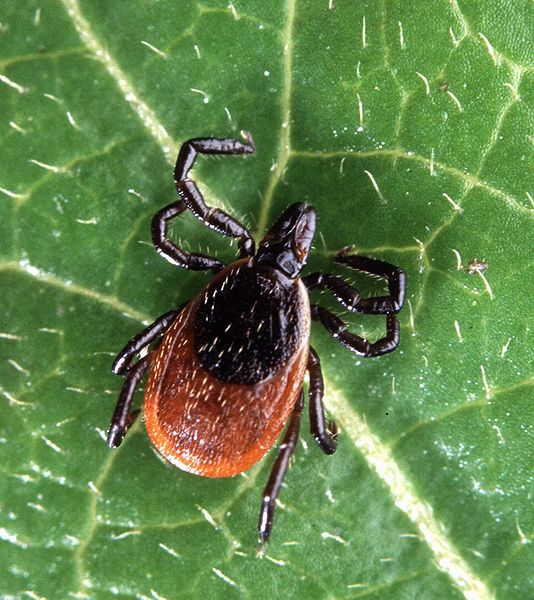 One of our goals here at Mass Audubon is to make nature accessible for everyone. The public facilities at most of our staffed wildlife sanctuaries are already universally accessible and we have many accessible trails.
One of our goals here at Mass Audubon is to make nature accessible for everyone. The public facilities at most of our staffed wildlife sanctuaries are already universally accessible and we have many accessible trails.
So you can imagine our delight when our president, Henry Tepper, received the following email from Kerri Nagle in regards to an experience she recently had with her son. She graciously agreed to let us share her thoughts.
I am writing this email to say thank you. Thanks to you and your organization, my 10 year old son who has CP [Cerebral palsy], is in a wheelchair, but is extremely intelligent, can enjoy life like never before!!! This may sound dramatic but it’s not, he has just started bird watching and we took him to North River and Daniel Webster in Marshfield and because of your amazing kindness, he was able in his special stroller to hit all the trails!!!!!!!
The paths , the wooden bridges, are amazing!!! To think these where right under our noses is incredible, we have had an amazing week discovering all they have to offer, and we joined as a family today once we determined that Declan could benefit, which he can!!!
To say the trails are magical is so so true!!!
You have made a difference in the life of a young boy who wants nothing more than to enjoy life like you and I do. Please let me know what other sites are as accessible, because we have a whole summer coming up where we can explore them all, we live on the south shore of Boston so we can start down here.
So again , thank you!!!
I wanted to make sure you knew how truly amazing they are!!!
Kind regards,
A mom whose son is flying high
Kerri Nagle
—
Learn more about our efforts to make nature (and Mass Audubon) more accessible for all to enjoy, including a list of accessible and multi-sensory interpretive trails.


 It’s been a hot sticky summer so far. This may not be ideal whether for us humans, but the ticks are loving it.
It’s been a hot sticky summer so far. This may not be ideal whether for us humans, but the ticks are loving it.